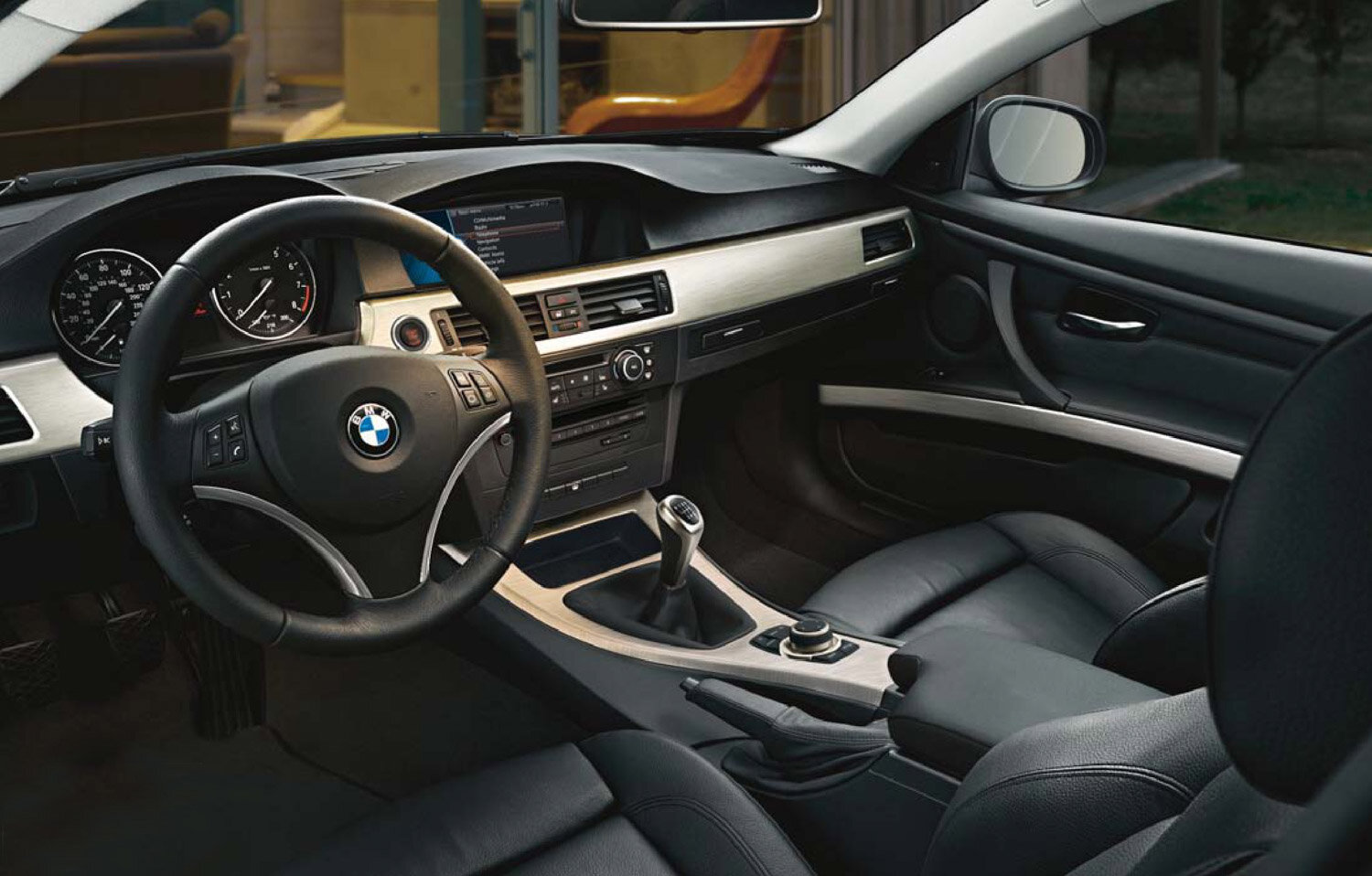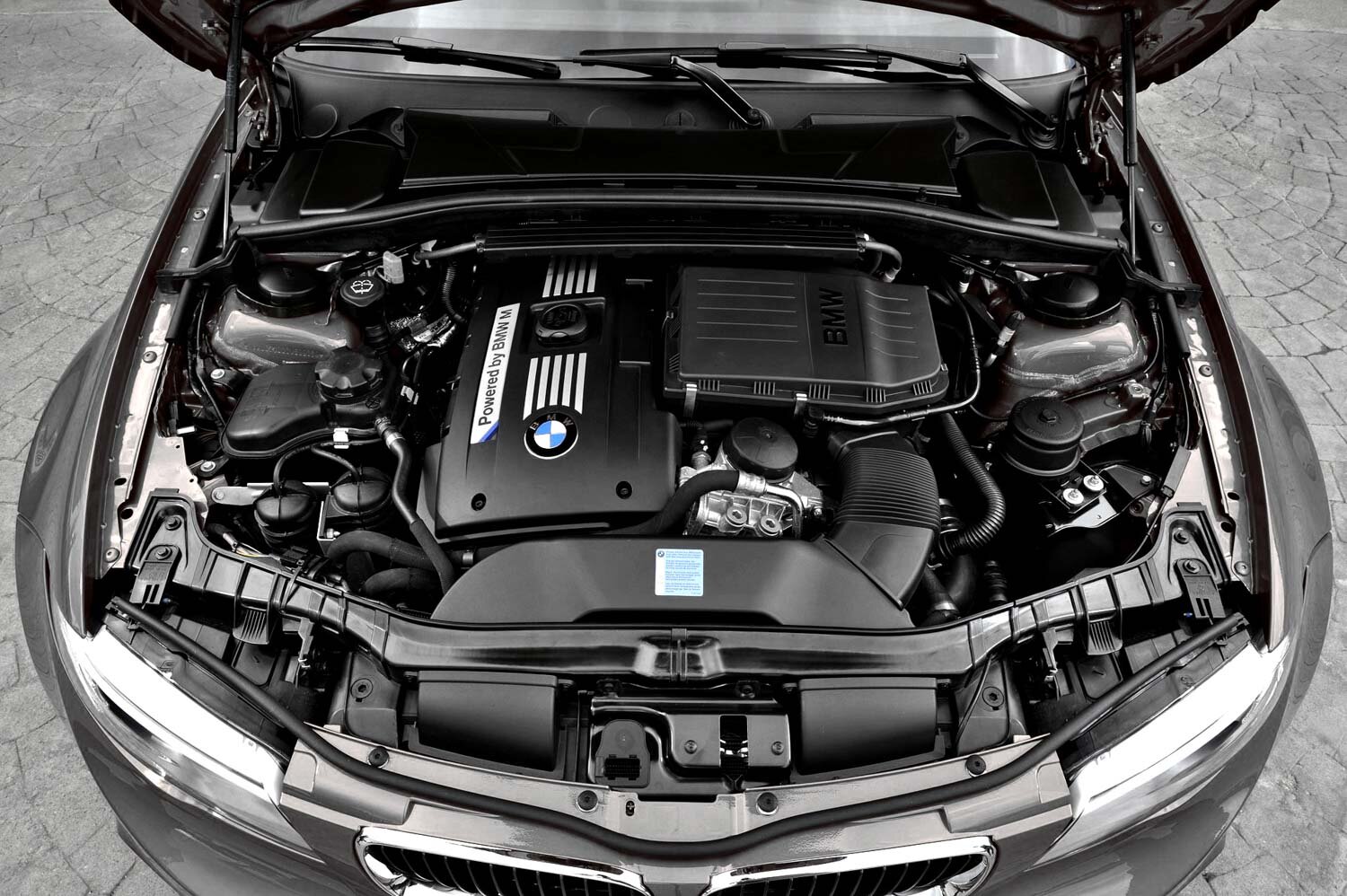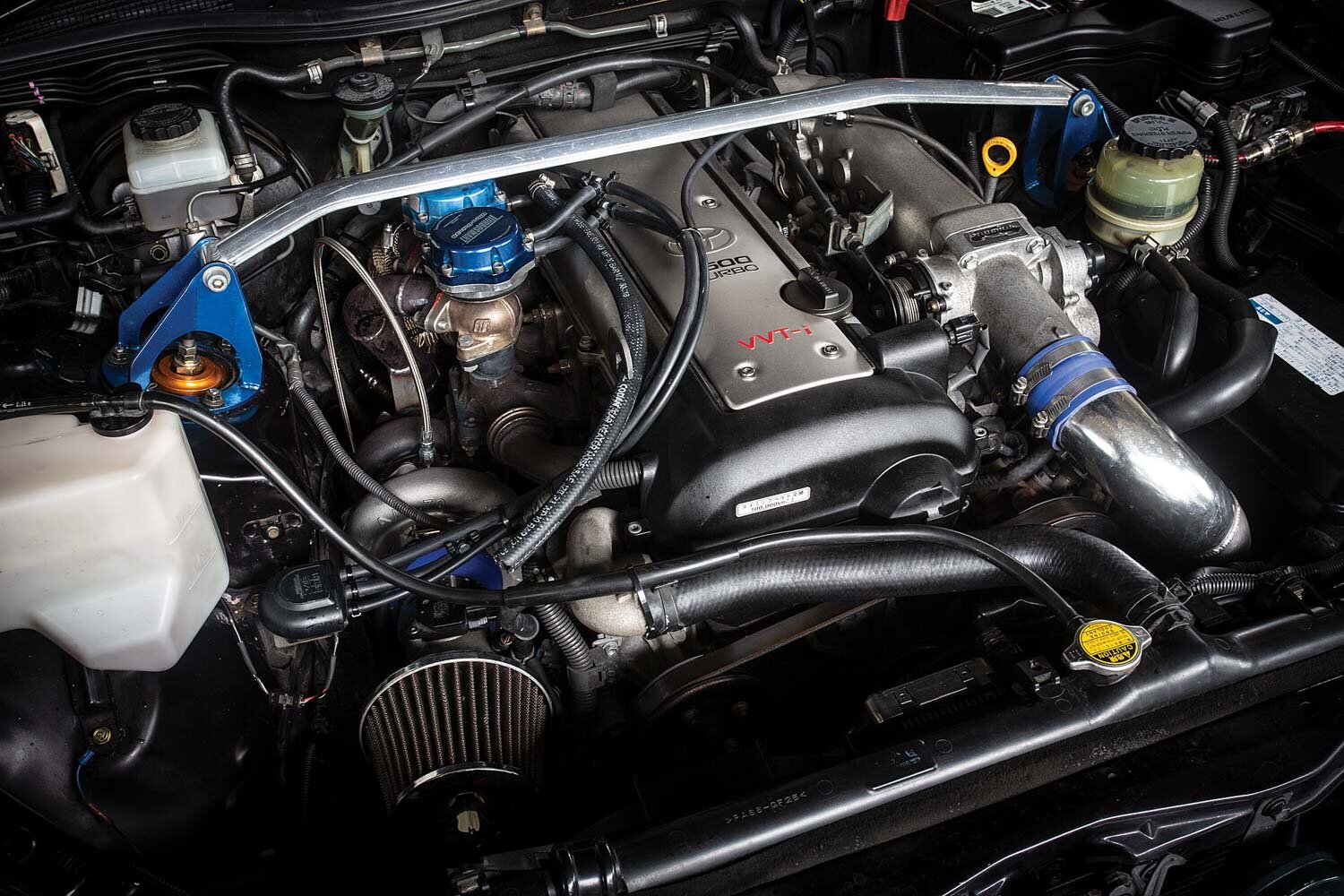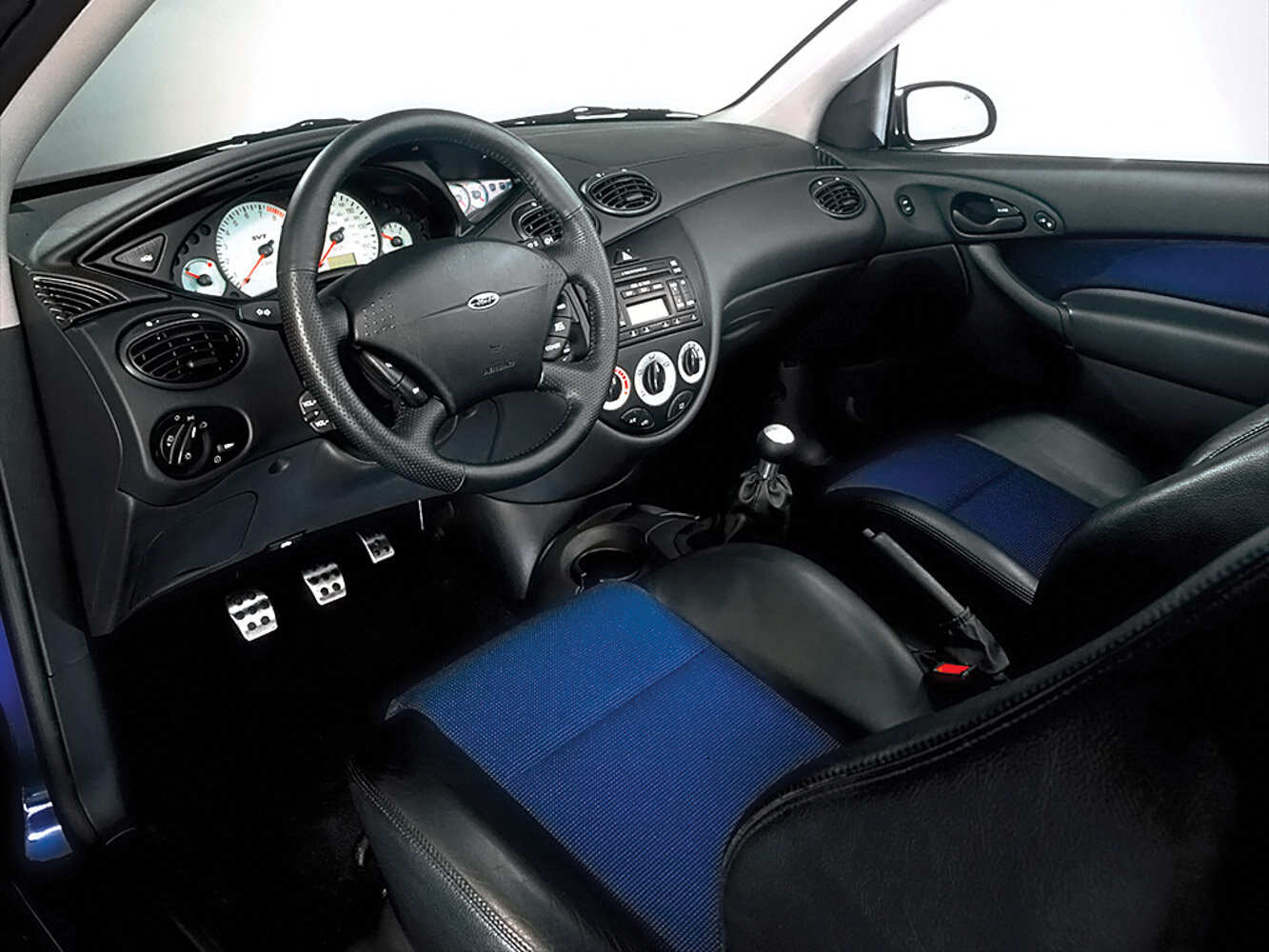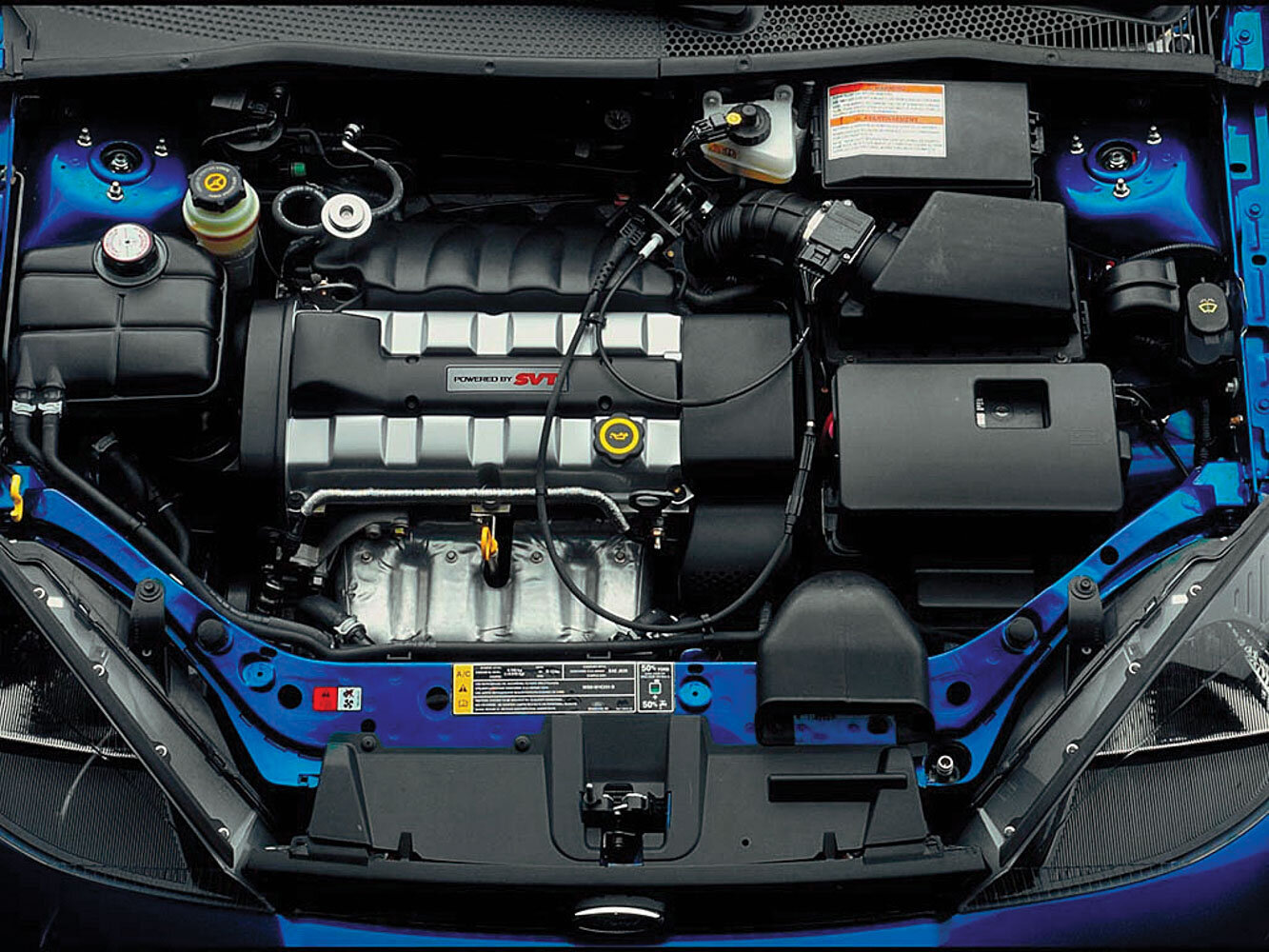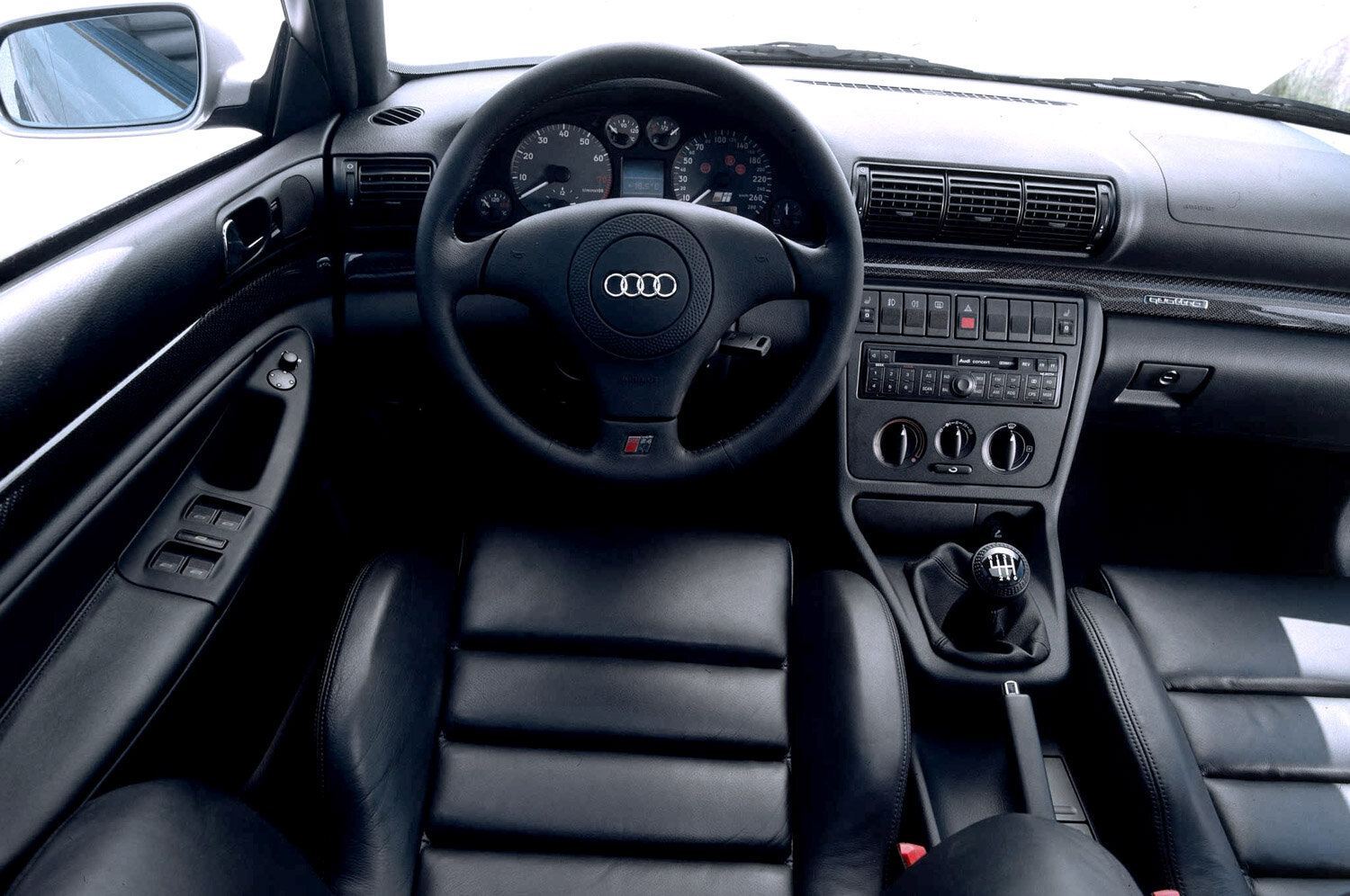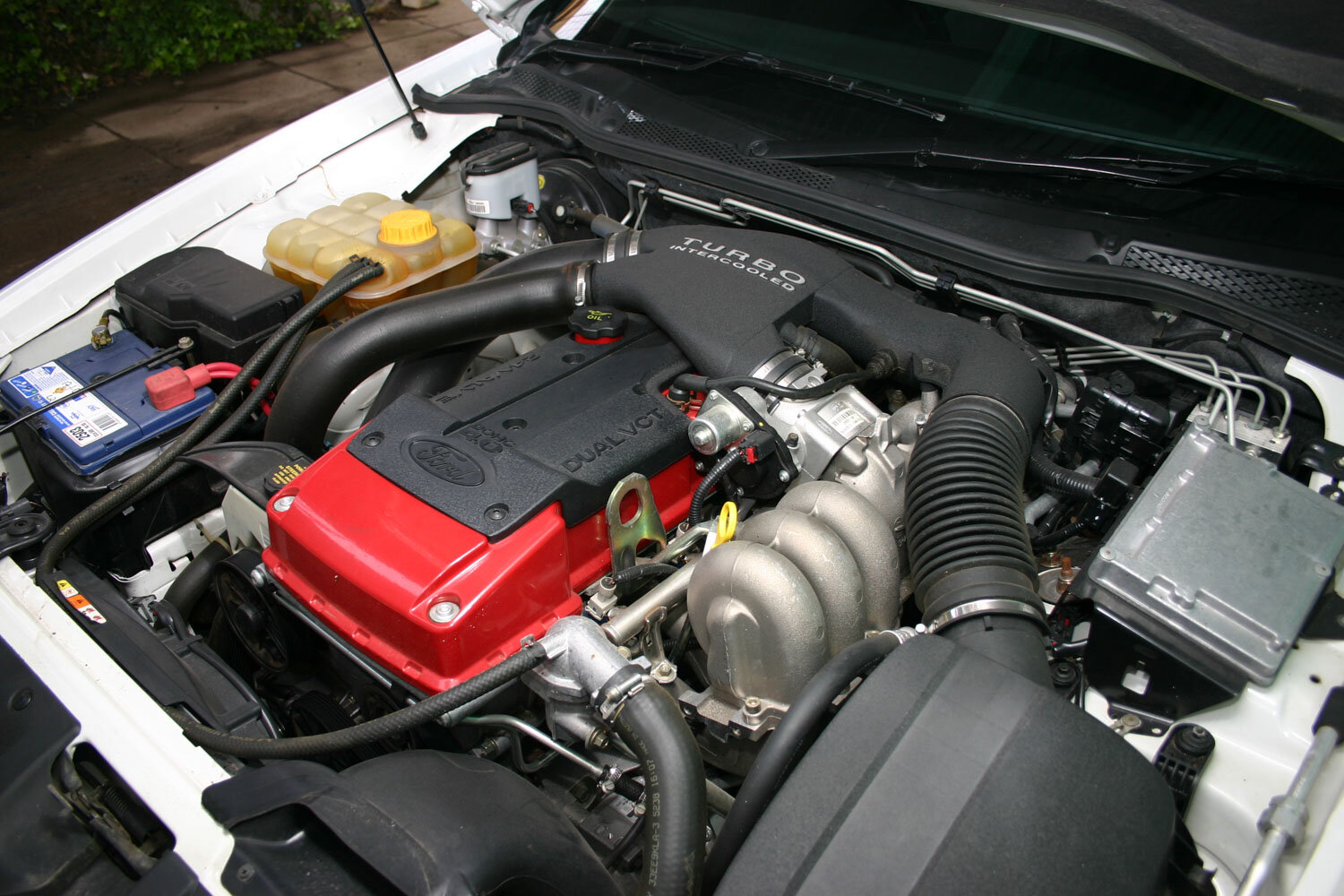Wind the clock back 10–15 years and you could have easily picked up an R32 GTS-T, Supra JZA80, or Evo I–III with just $10K in your pocket and daily-driven the hell out of it. Many of you would have, and a select few of you might still be lucky enough to own one of those cars. But, in 2019, those and many more like them are worth wild sums of money. If you find one that could be had for $10K or under, there’s probably a solid reason that it’s priced so low. So, what do you do when you’re on the hunt for a new daily-driver but don’t want to wait five minutes to hit the posted speed limit when taking off at the lights? It’s a big world out there, and, thankfully, we have most of that world available right here in New Zealand when it comes to cars, thanks to our lack of local manufacturing. And if you know the right rocks to look under, you can dig up a few gems that mix the enjoyment of a performance-based car with the comfort and practicality of a good daily. To make that task easier for you, here’s our top-five daily-drivers for $10K or under.
BMW 335i (E9X) — 2007 to 2013
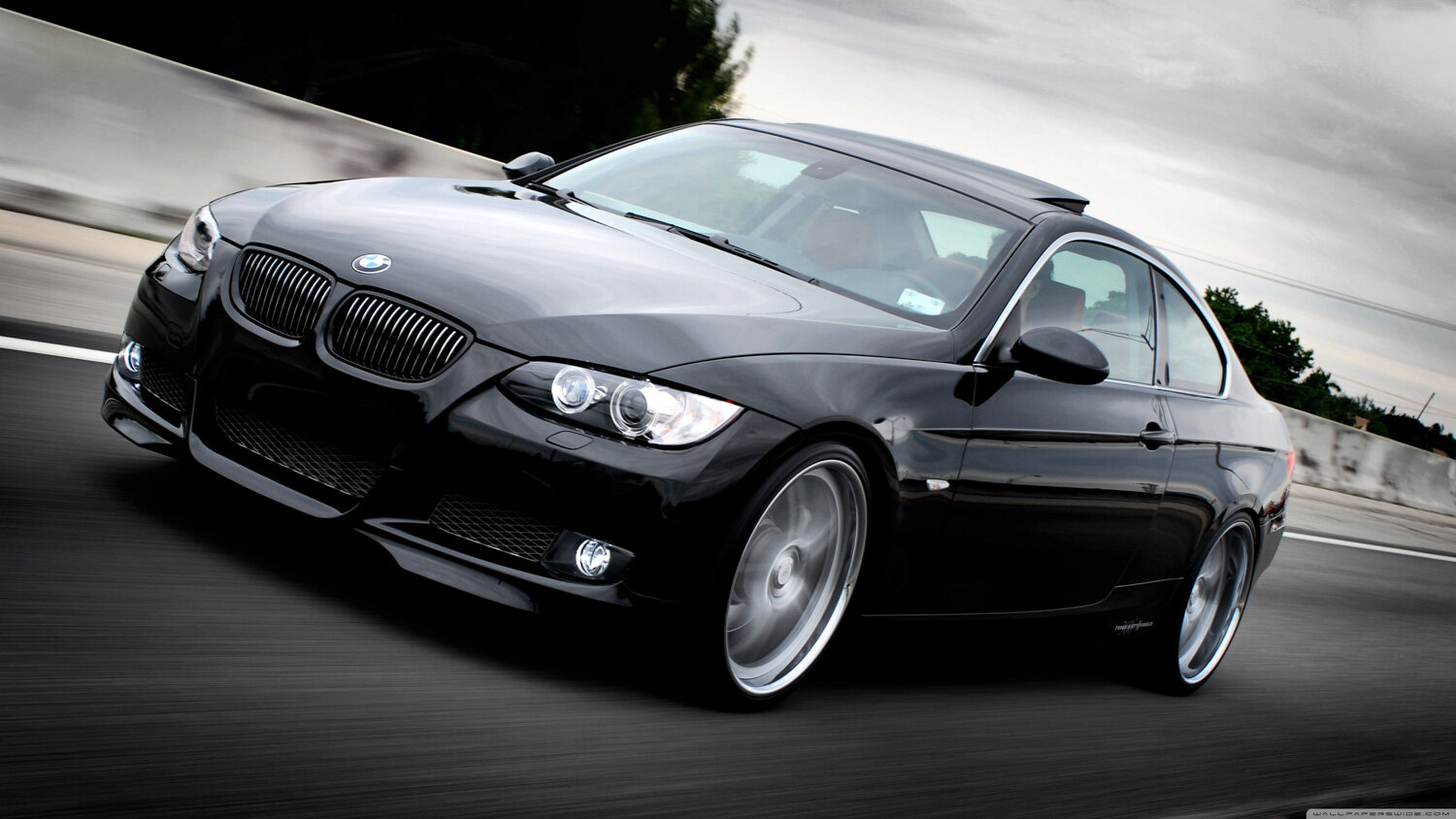
Seeing as the German automaking powerhouse that is BMW loves to offer every level of trim under the damn sun, instead of focusing on the whole fifth-gen 3 Series range, we’ll take a look at the one that actually matters to most of you reading this: the turbocharged 335i. It’s probably one of the best, most affordable, and underrated options on this list for the simple fact that most potential buyers are still scared off by the age-old sentiment that European equals frequent failures and costly maintenance. While this may have been true for certain older European-produced cars, most modern examples have had pretty solid runs, and the BMW 335i is no exception. Plus, how can you argue with a straight-six turbo that offers upwards of 200kW and is one of the best paddle-shifted autos ever made?
Offered in four distinct body types, each had its own model designation, with ‘E9X’ commonly accepted as the term to be used when describing this generation of the 3 Series. These types were as follows: four-door sedan (E90), touring wagon (E91), coupe (E92), and convertible (E93). The E92 335i coupe, introduced in 2006 for the ’07MY, was the first 3 Series model to be sold with a turbocharged petrol engine, introducing the world to the N54 three-litre twin-turbo straight-six power plant — which is a predecessor to the examples found in the current-day BMW Z4 and the Toyota Supra (A90). It produces a manufacturer-claimed 225kW at the rears and 400Nm of torque.
Specs between all four models remained similar, with minor variations in aesthetics and interior trims. However, with the coupe, the tail-light design was different than that found on other body types. Other differences included the more steeply angled headlights, smaller side windows, and longer doors. Instead of the three-person bench, the rear seats only two passengers and includes a centre console tray. There are about a million optional extras that were available at the time of purchase, so you can do your own research on that front.
For the 2009–2013 model years, BMW upgraded to the N55, which remained virtually identical besides the change from a twin-turbo set-up to single. This saw power and torque figures stay the same, but it produced improved mid-range power due to the responsiveness of the new huffer and achieved 400Nm peak torque from just 1200rpm. All model years were backed by the ZF 6HP six-speed Tiptronic (paddle shifted), which can be found equipped on numerous sports cars from the likes of BMW, Audi, Jaguar, Maserati, Aston Martin, Rolls-Royce, Bentley, and even the popular Korean Hyundai Genesis Coupe. There are six-speed manual models out there, but for the purpose of this article, we won’t mention what price they’ll run you.
In sedan or touring-wagon form, the 335i makes a wicked parts hauler and can be loaded up with a ton of mates for Friday night peels. As an added certification of daily-driven prowess, NZ Performance Car editor Marcus has a touring wagon for just that.
Toyota Verossa (X110) — 2001 to 2004
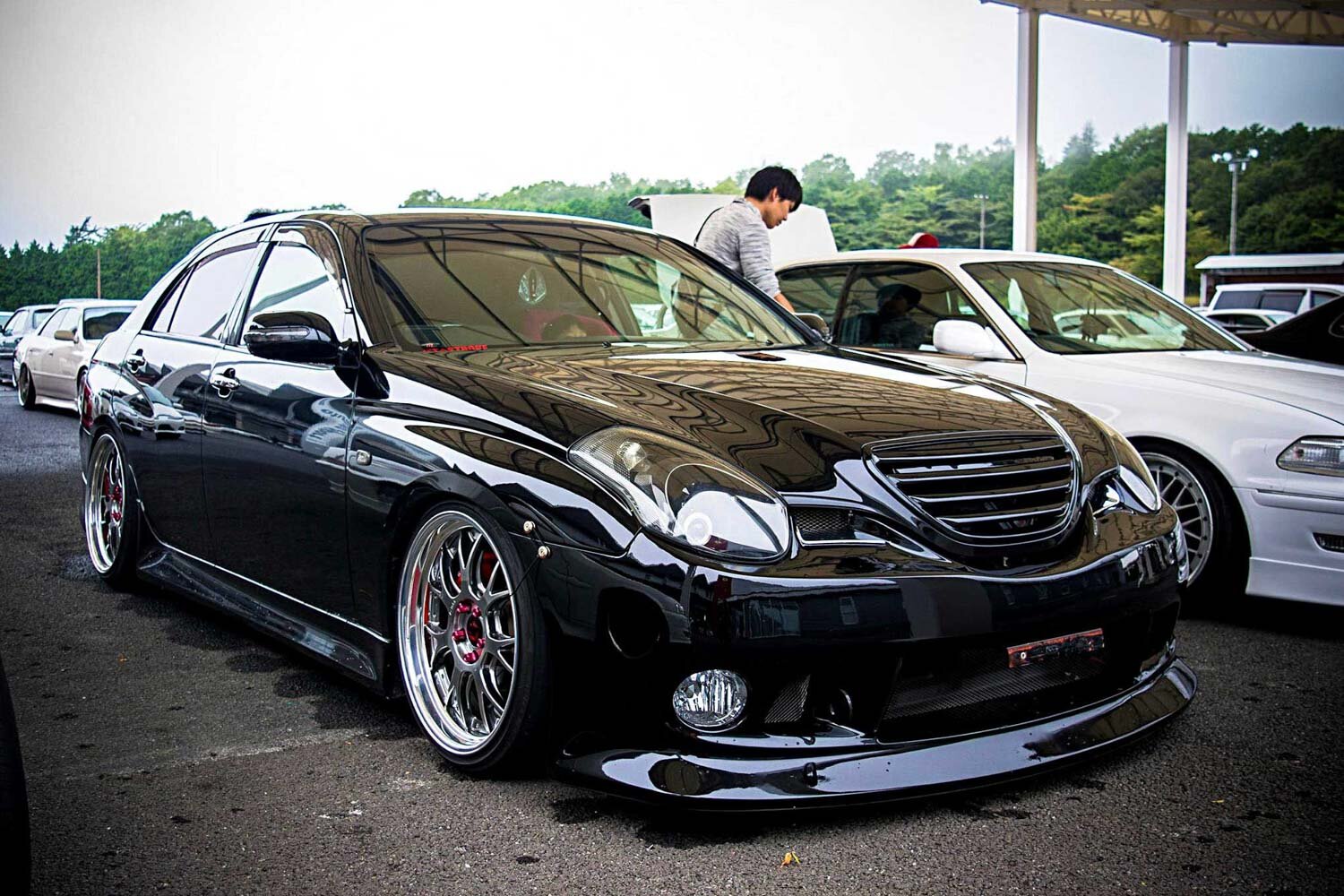
Most will have limited to no knowledge of what the hell a Verossa actually is, mostly due to its rare appearance on New Zealand roads. Hell, until recently we barely knew what they were. But, while they may not be as common as the other options that appear on this list, there is enough of a supply here to make it a viable option for daily duties outside of the regular offerings — with the 20-year import rule coming up in only a few short years, there will be plenty more flooding across the border too. With the top spec offering a straight-six turbo heart and manual gear-swapper that feeds drive to the rear wheels and an interior reminiscent of a Crown, there’s plenty to want in a Verossa.
Sold exclusively for the Japanese domestic market at Toyota Netz Stores, the Toyota Verossa is based on the Mark II (X110) chassis, although it does not share the same body styling, instead being marketed as a smaller companion sedan to the Toyota Aristo. It replaced the Mark II stablemates, the Chaser and Cresta, with both ending production in 2000, and combined the performance features of the Chaser with the luxurious comfort of the Cresta, in a car that was dimensionally smaller than the Crown.
Offered in six trim levels, all featuring straight-six hearts, and three transmission options, standard equipment included a front strut brace, cabin navigation, power-assisted seats, and air conditioning. The entry-level package (20) came equipped with Toyota’s 1G-FE, which packed 118kW and 200Nm, and was only available with an electronically controlled four-speed automatic transmission. The 20Four and 20Four G Package offered permanent all-wheel drive, with the G Package adding alloy wheels and leather seats. The 1JZ-FSE was introduced with the 25 and V25 models, outputting 147kW and 250Nm, and both were fitted with a five-speed electronically controlled automatic. The higher specced V25 offered a rear strut brace, 17-inch alloys, and leather seats.
And in a throwback to the Tourer V of the Verossa predecessors, the VR25 featured the single-turbo version of the 1JZ-GTE found in the JZX110 chassis and cranked out 206kW and 377Nm. An R154 five-speed gear-swapper backed the 2.5-litre heart — you could option the four-speed automatic found on the 20 model, if you were that way inclined — and included a limited-slip diff (LSD). Front and rear spoilers could be optioned, while standard equipment saw front and rear strut braces and 17-inch alloys. The VR25 may currently be priced a touch outside of the $10,000 bracket, however, when compliable in 2021, a flood of imports should help drive the price down and open up availability.
You’ll either love or hate the Verossa, but even if it isn’t your flavour at first glance, it’s funny how quickly it will grow on you if you see it enough.
Ford Focus ST — 2002 to 2004; 2005 to 2010
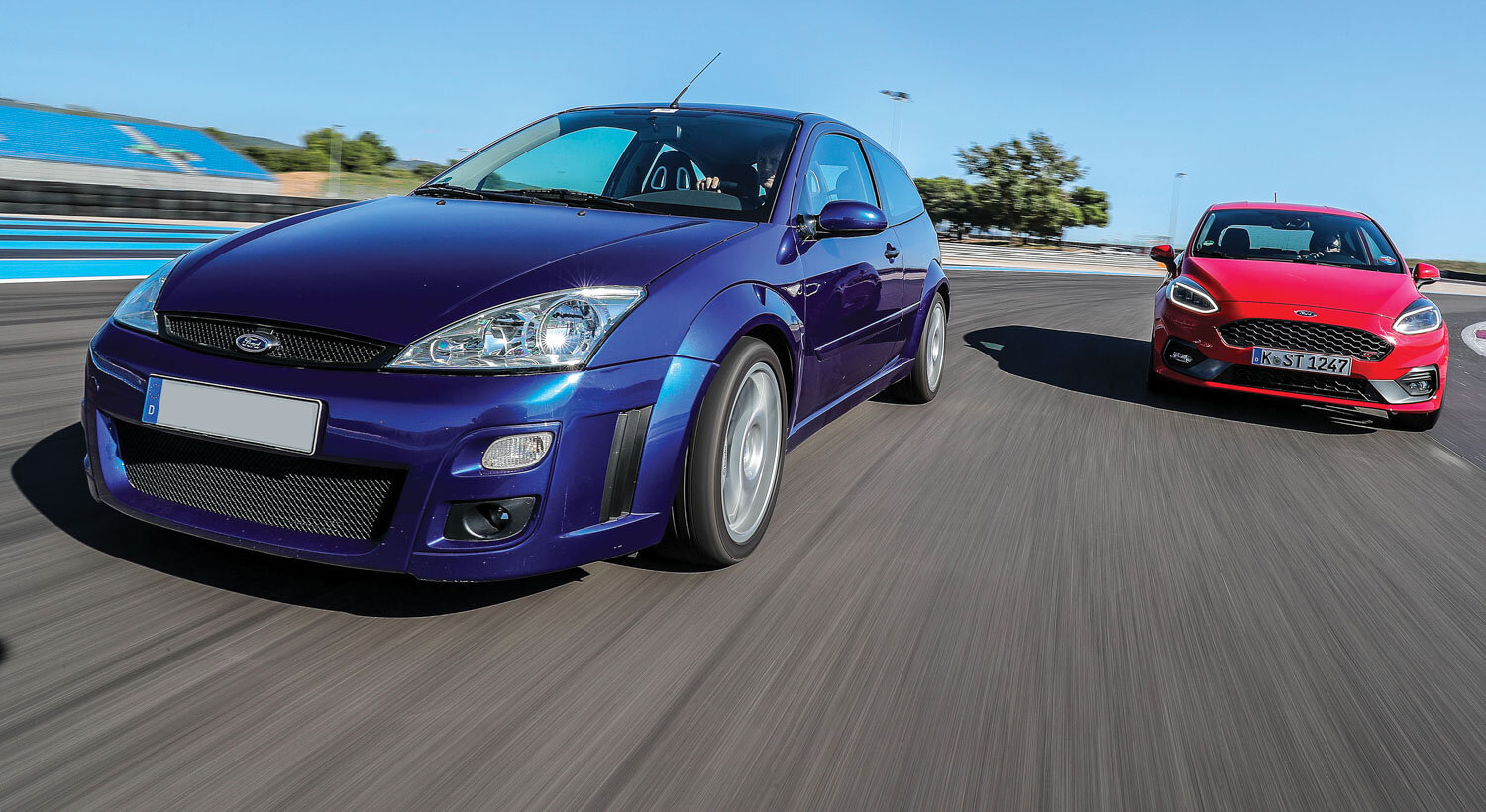
This one option offers up two solid choices in the $10K price bracket: the first-gen ST170 and the second-gen Focus ST (XR5). The easiest to get your hands on, and perhaps the best option when it comes to modifying, is going to be the first gen, which was launched in 2002. Officially called the ‘ST170’ (production codename: ‘Piranha’), it was adapted from the facelift version of the standard Focus with cosmetic upgrades that included 17-inch rally-inspired alloys; honeycomb ‘tech flec’ front grilles; round projector-style fog lights; colour-coded bumpers, side trims, and door handles; and, in Australia (therefore here too), a locally developed bodykit. Inside, you were treated to additional airbags, optional half- or full-leather Recaro seats, optional audio equipment for better doof doofs, and standard brushed aluminium door releases (because: race car).
Cosmetic changes aside, the real charm of the ST170 is the power plant that it derives its model name from: a 170hp (127kW) generating two-litre Duratec (Zetec based). Developed by Cosworth, power is increased from 95kW over the base models to that whopping 127kW. This comes by way of a high-flow alloy head, variable valve timing, dual-stage intake, stainless-steel exhaust, and a Cosworth exhaust manifold. Backed by a Getrag 285 six-speed manual box directing drive to the front wheels, you also received larger brake discs (300mm fronts, 280mm rears), and the power steering was revised with a close-ratio rack. With the same motor found in numerous Ford and manufacturer-partnership models, the aftermarket support is vast and almost any performance modification can be bought or easily adapted from later incarnations. With an average purchase price of $5K, you’ll have plenty left in the bank to get busy chasing more grunt! And if you’re questioning the exterior aesthetics, just ask Team Cream how good they can look with a ton of low and a good set of wheels (refer to the 2018 V 4&Rotary Nationals).
The alternative option, if you’re looking for something a touch more modern, is the second-generation Focus ST introduced in 2005. Known locally as the ‘XR5’ (five-door hatch only), the ST was offered as a three-door or five-door hatchback and used a 2.5-litre five-cylinder Duratec ST, this time turbocharged, producing 168kW. Ford produced a pre-facelift and facelift version — although you may have a hard time finding a facelift model in this price range. The automaker also teamed up with English automotive engineering company Mountune Racing to release a power upgrade kit that consisted of a K&N panel filter, larger intercooler, and remap, which bumped power to 190kW, meaning that good gains can be made, and pushing it out to over the 200kW mark wouldn’t break the bank.
Audi S4 — 1997 to 2002; 2003 to 2005
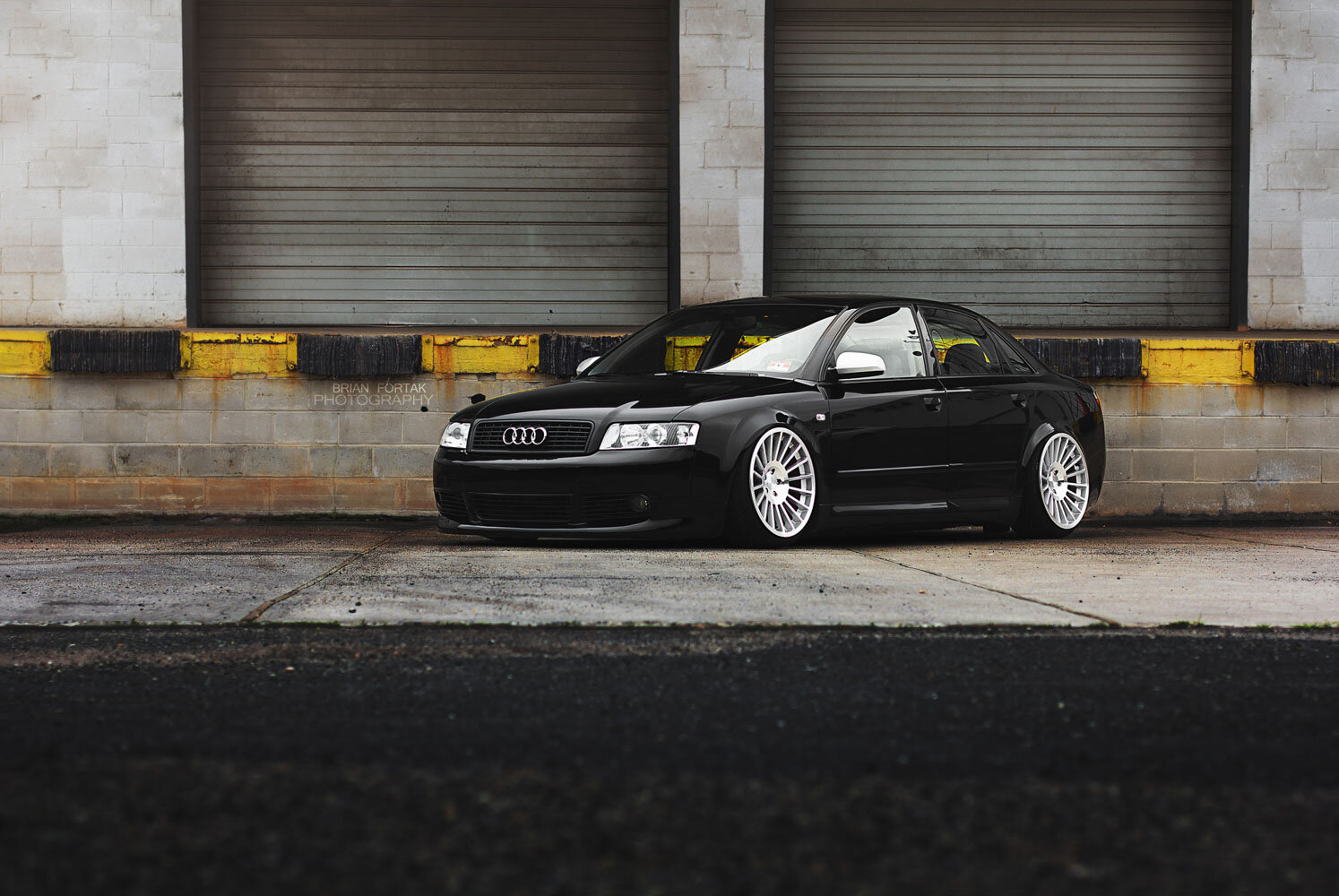
Like the Focus ST, you have two options when it comes to the Audi S4, and which one you choose is going to be based primarily on your affinity for either one of their very different power plants. First, there’s the second-generation S4 (B5/8D), which debuted in 1997 as part of the facelifted B5 platform Audi A4 line-up. In addition to being offered as a saloon (sedan), an estate (wagon) version — the Audi S4 Avant — was offered from 1998. In the engine bay, buyers were treated to a 2.7-litre twin-turbo V6 that packed 30 valves between the two alloy heads — packed with twin hybrid-driven double-overhead cams and variable valve timing on the intake valves — with a strong cast-iron block. BorgWarner K03-series huffers cranked through twin side-mounted air-to-air intercoolers to make 195kW. The driveline consists of the six-speed C90 manual gear-swapper, which had been carried over from the earlier generation — an optional five-speed ZF 5HP19 Tiptronic automatic was also available — and Audi’s Torsen T2 Quattro permanent all-wheel-drive system. The factory-claimed 5.6 seconds from zero to 100kph made it both the quickest sedan in the Audi line-up and one of the quickest in the world at that time.
The third-generation (B6/8E/8H) saw the previous generation’s twin-turbo V6 powerhouse replaced with an all-alloy 4.2-litre V8 based on that found in the Audi A8. It produces 253kW with 410Nm of torque, making it more lethal than the RS2 Avant and almost more powerful than the earlier generation’s RS4 version (which still routinely sell for mid-to-high six-figure sums). Like its predecessors, the B6 S4 came standard with a Getrag six-speed (M6S) manual box and Torsen T2 Quattro permanent all-wheel-drive system. Additional features included the electronically controlled, variable-assisted Servotronic rack-and-pinion power-assisted steering as standard, and ventilated 345mm front and 300mm rear discs clamped by Continental single-pot sliding calipers.
Ford Falcon XR6 Turbo — 2002 to 2005; 2005 to 2008
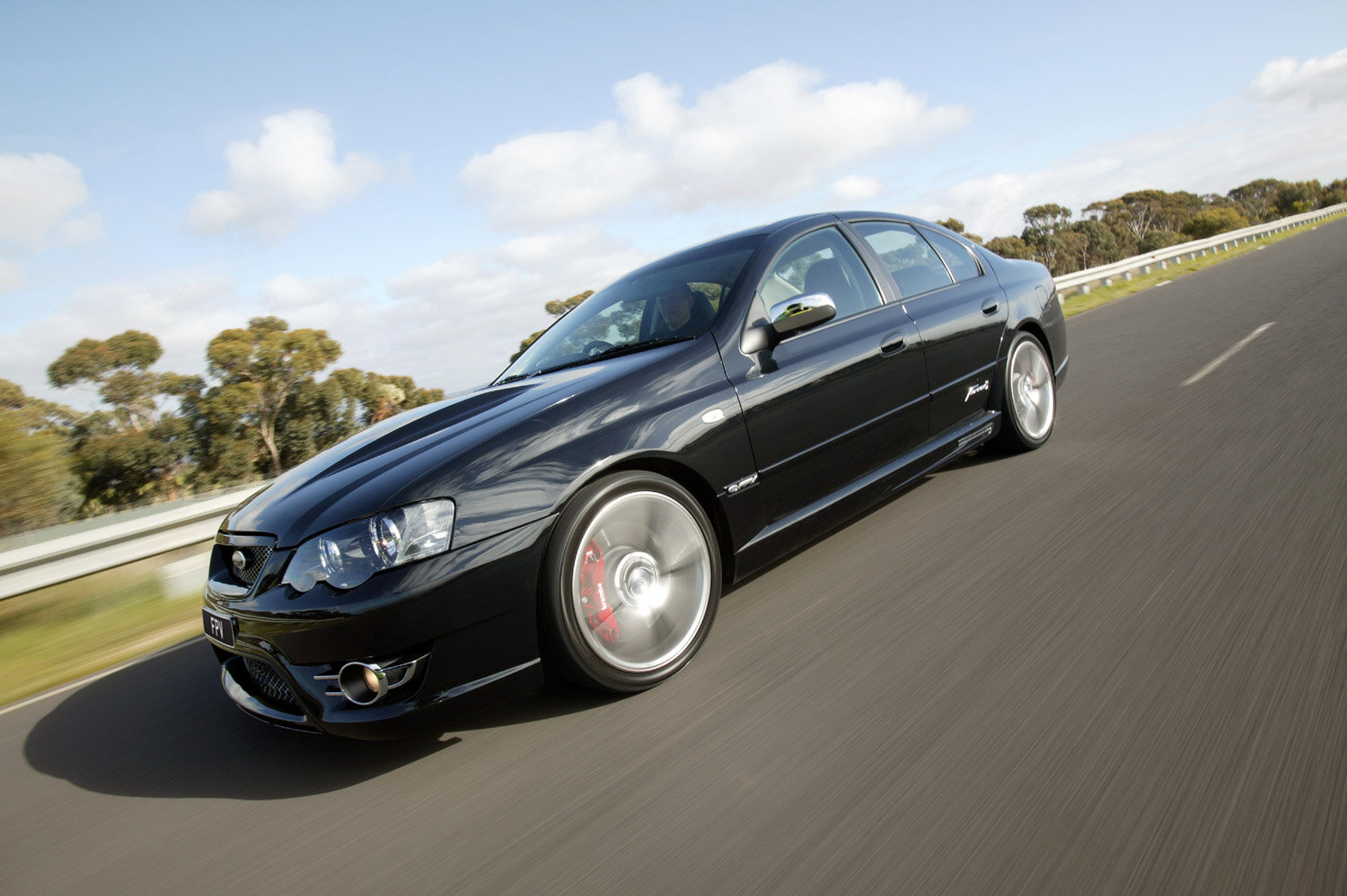
And we’ve saved the ‘best’ for last! The Ford XR6 nameplate has been in use at Ford Australia since the late ’70s, though most of you will know it best for the introduction of the increasingly popular Barra turbo. We’d enjoy nothing more than to sit here and urge you to blow your hard earned cash on the filthiest of AU Falcons, but it was never offered in turbo form and really doesn’t have much of anything to offer over the Barra-equipped examples you can pick up for under $10K. With that in mind, your best bets are the BA and BF XR6.
The BA four-door sedan was produced from 2002 until 2005 and was based on the previous AU bodyshell with significantly revised styling. It was the first to sport a turbocharged variant of the four-litre Barra (240T), seeing power figures bumped to a hearty 240kW and torque at 450Nm. Similar to the naturally aspirated (NA) 182 base version, the turbo variant was fitted with lower compression pistons in anticipation of boost, which is delivered by a factory-fitted Garrett GT3540R huffer. It also received upgraded exhaust valves, a higher base fuel pressure, and side-mounted intercooler (identified by a red rocker cover). Gear-swappers were a choice of five-speed BTR T5Z manual or four-speed BTR M95LE automatic, with the manual option being less common to find on the market. The XR6 can be most notably identified over the base XT and Futura models by the headlights, which feature a single tear-drop design that extends into the front bumper. A MkII version was released in 2004 that included a double-tear-drop headlight design and a new six-speed Tremec T56 manual.
As for the BF, launched in 2005, a revised version of the Barra (245T) saw power increased to 245kW and torque up to 480Nm. The Garrett GT3540R was carried over from the previous version, while the injectors were upgraded to larger units. From 2006 onwards, Barra 245Ts were fitted with stronger rods after concerns of them bending arose. In this generation, the XR6 Turbo could be purchased in ute form and, like the BA, can be identified over the base XT and Futura models by the headlights. The BA MkII six-speed Tremec T56 manual was also carried over with an optional six-speed ZF automatic, which was offered in place of the BA’s five-speed option. The BF marked the last of the Australian-made Falcons.





